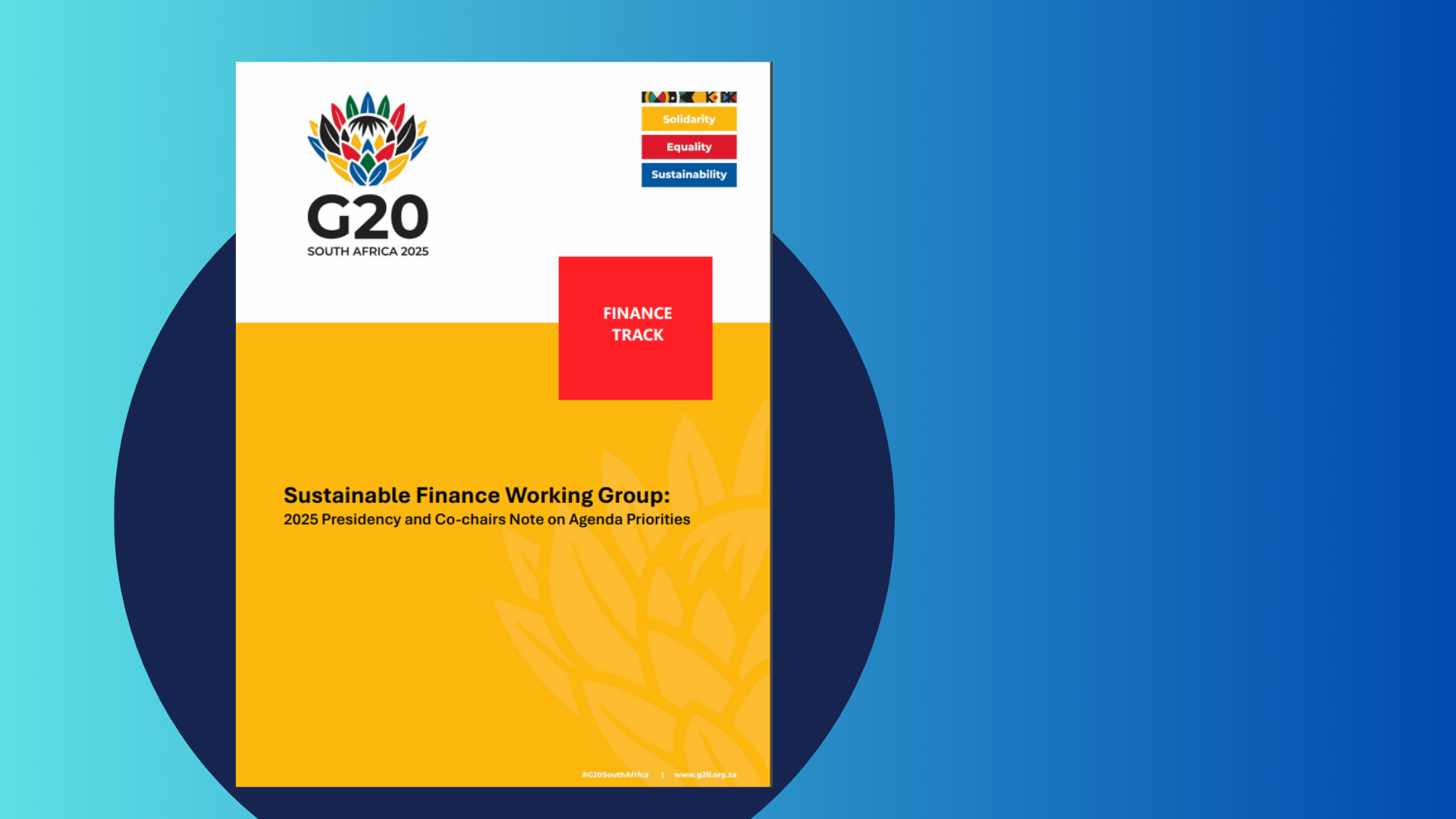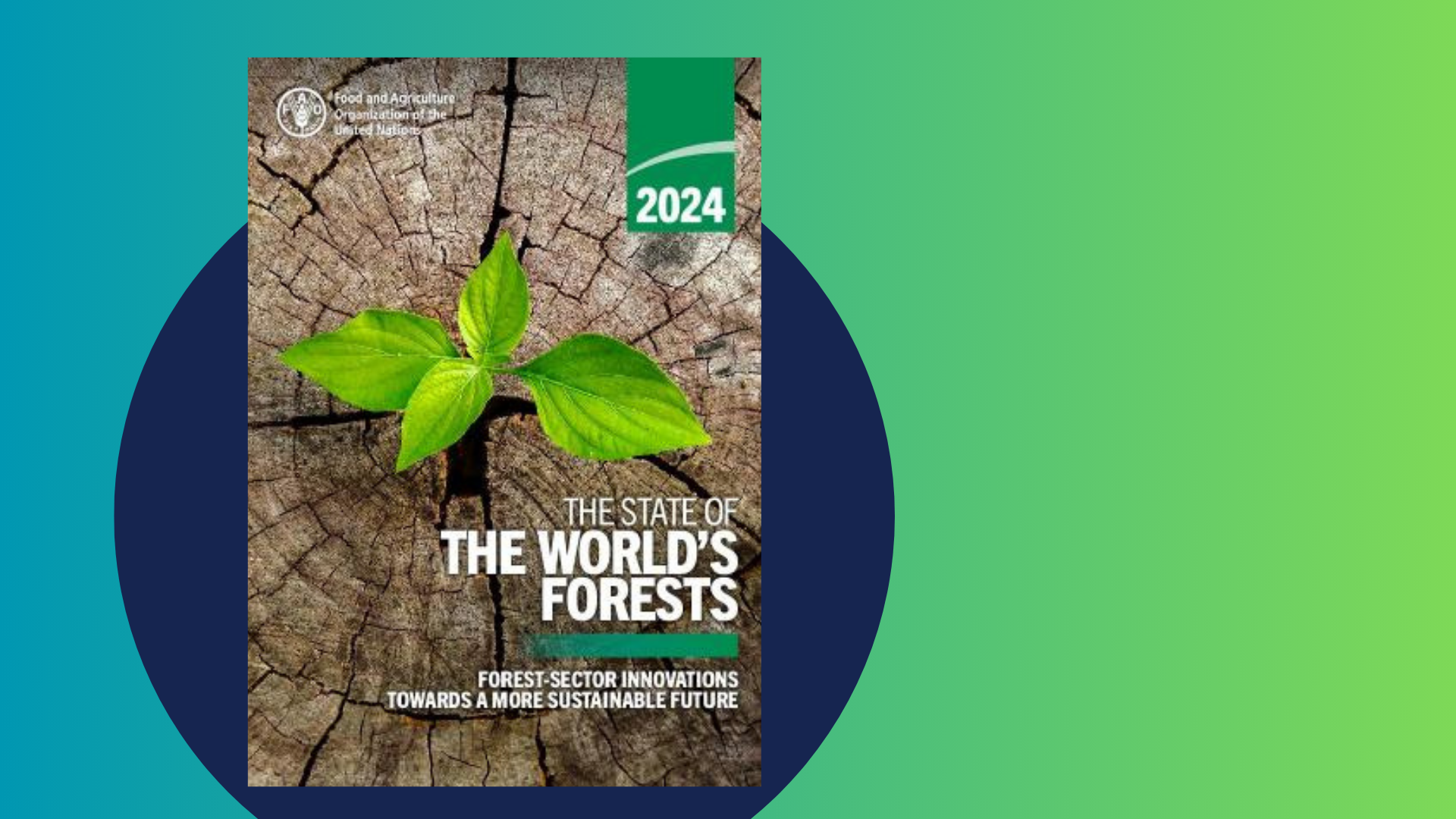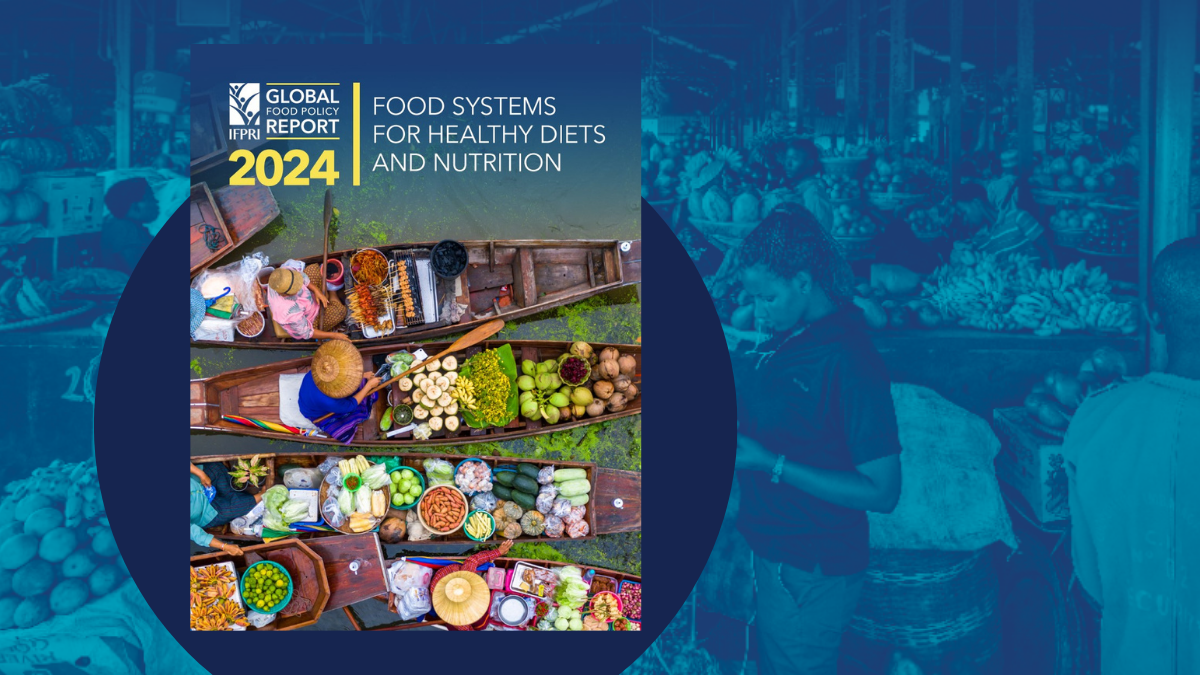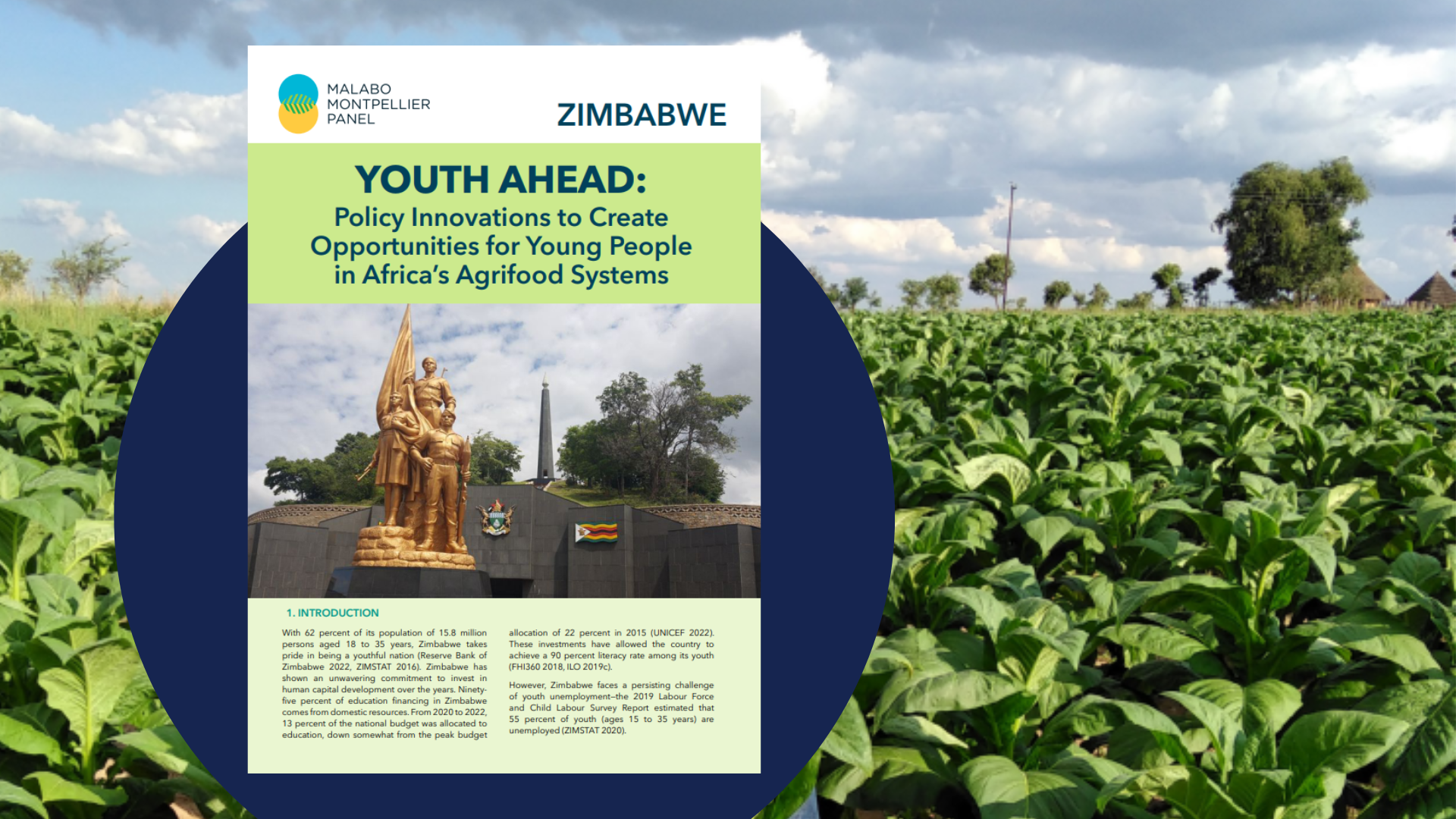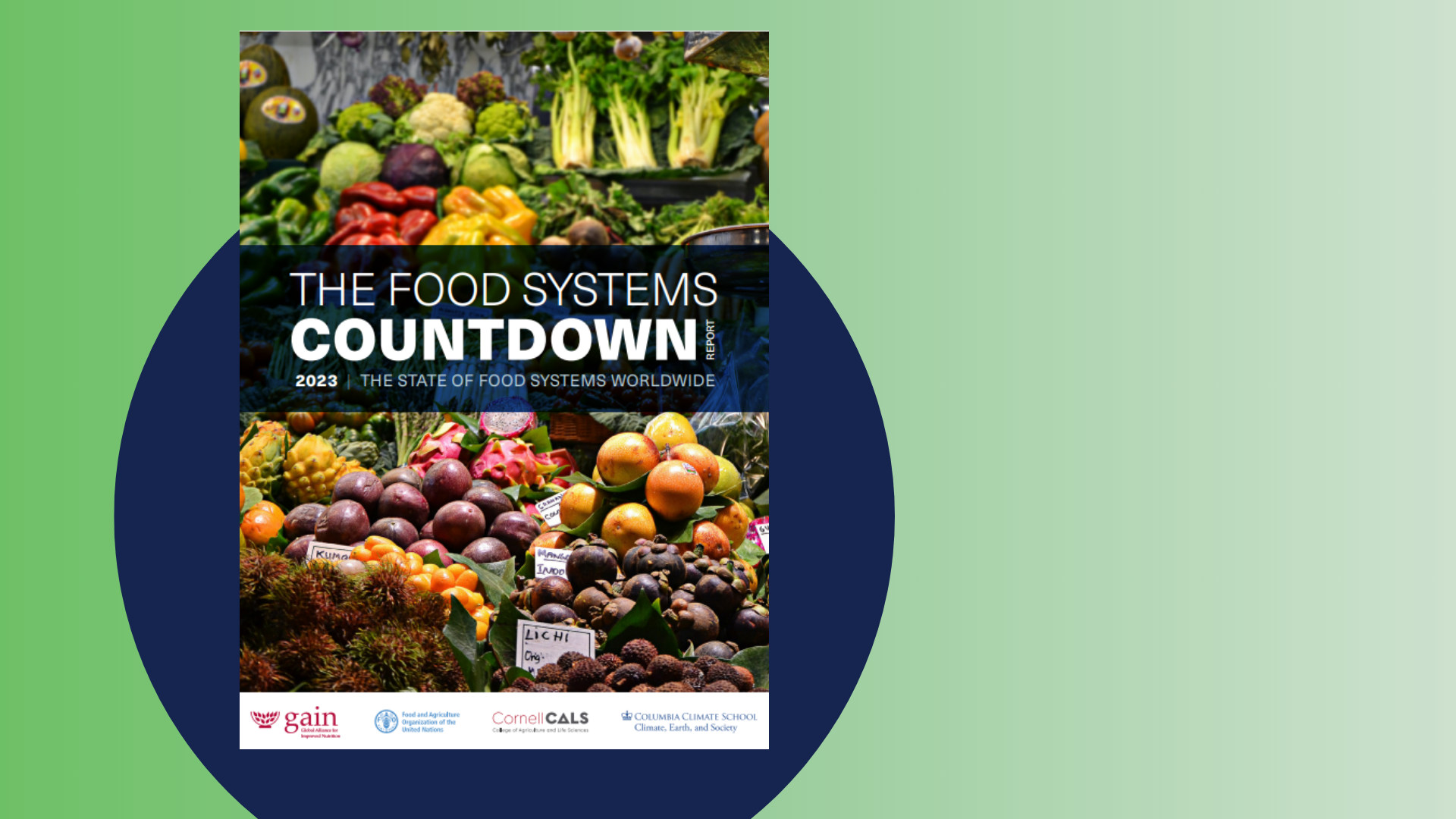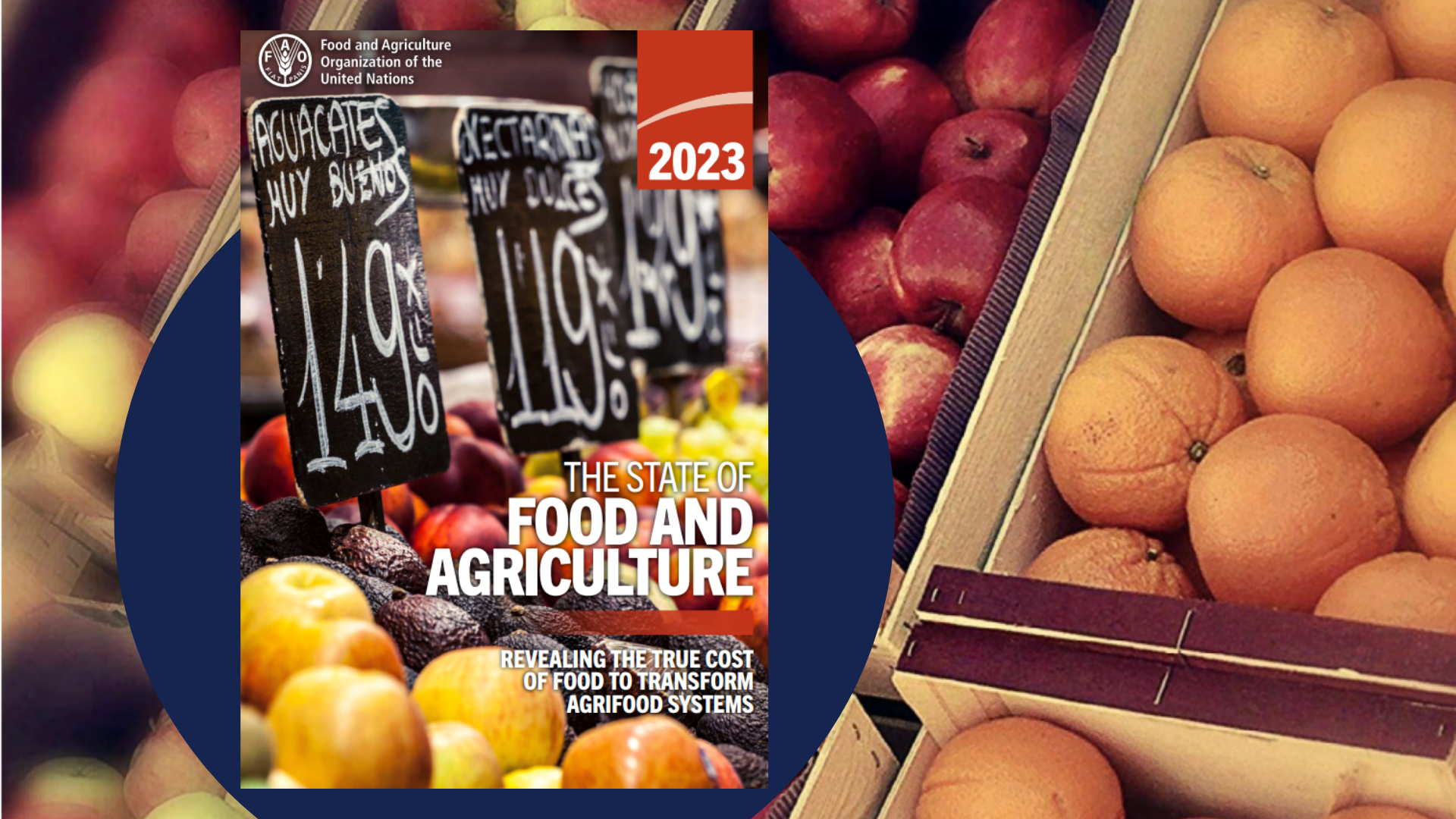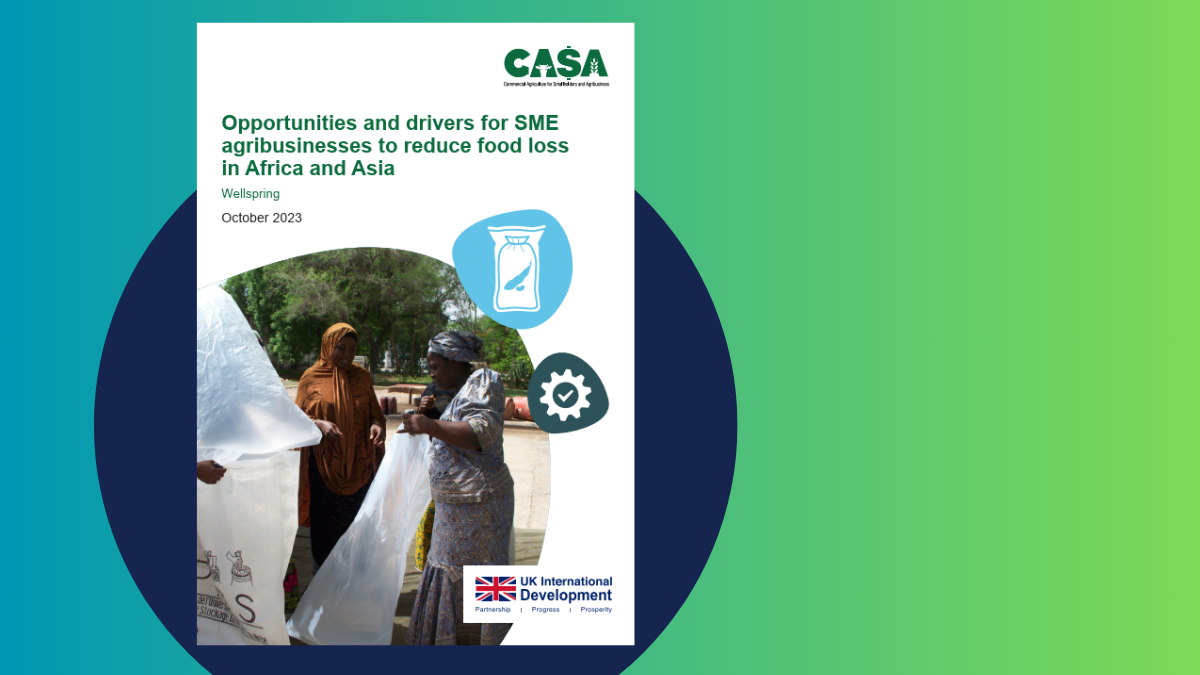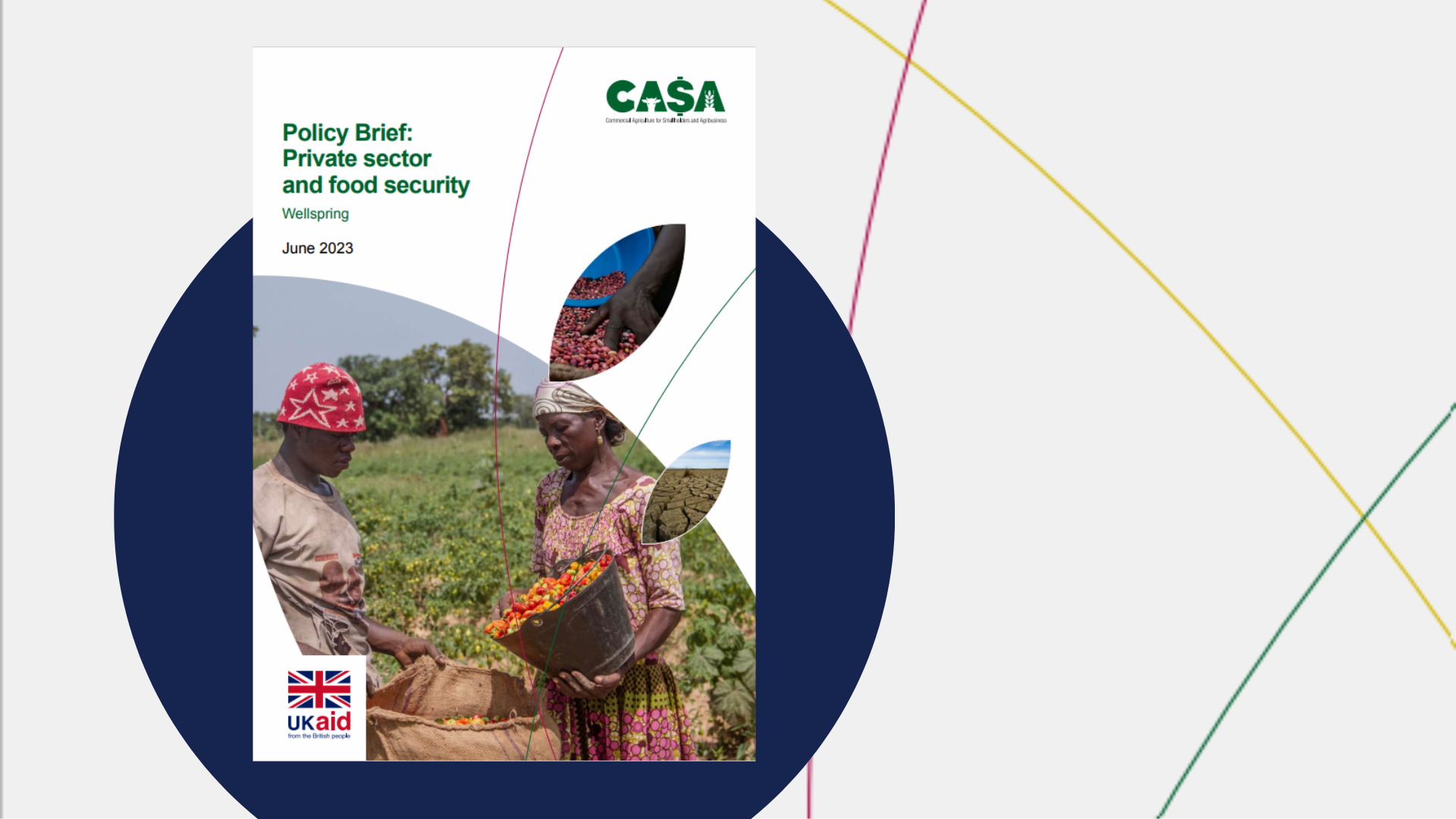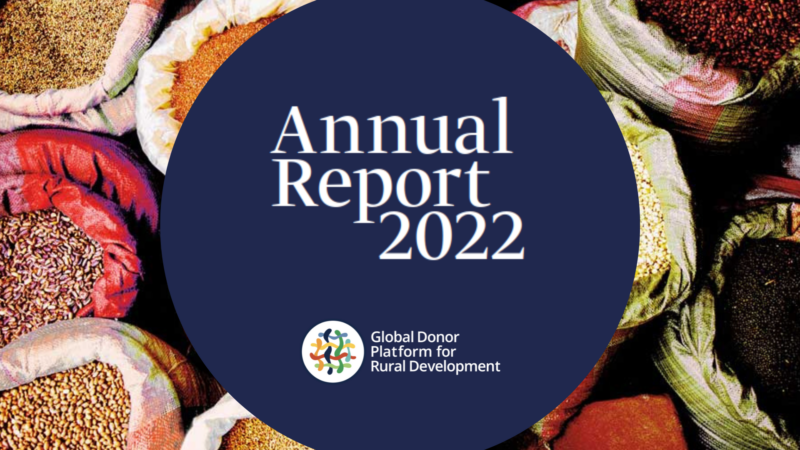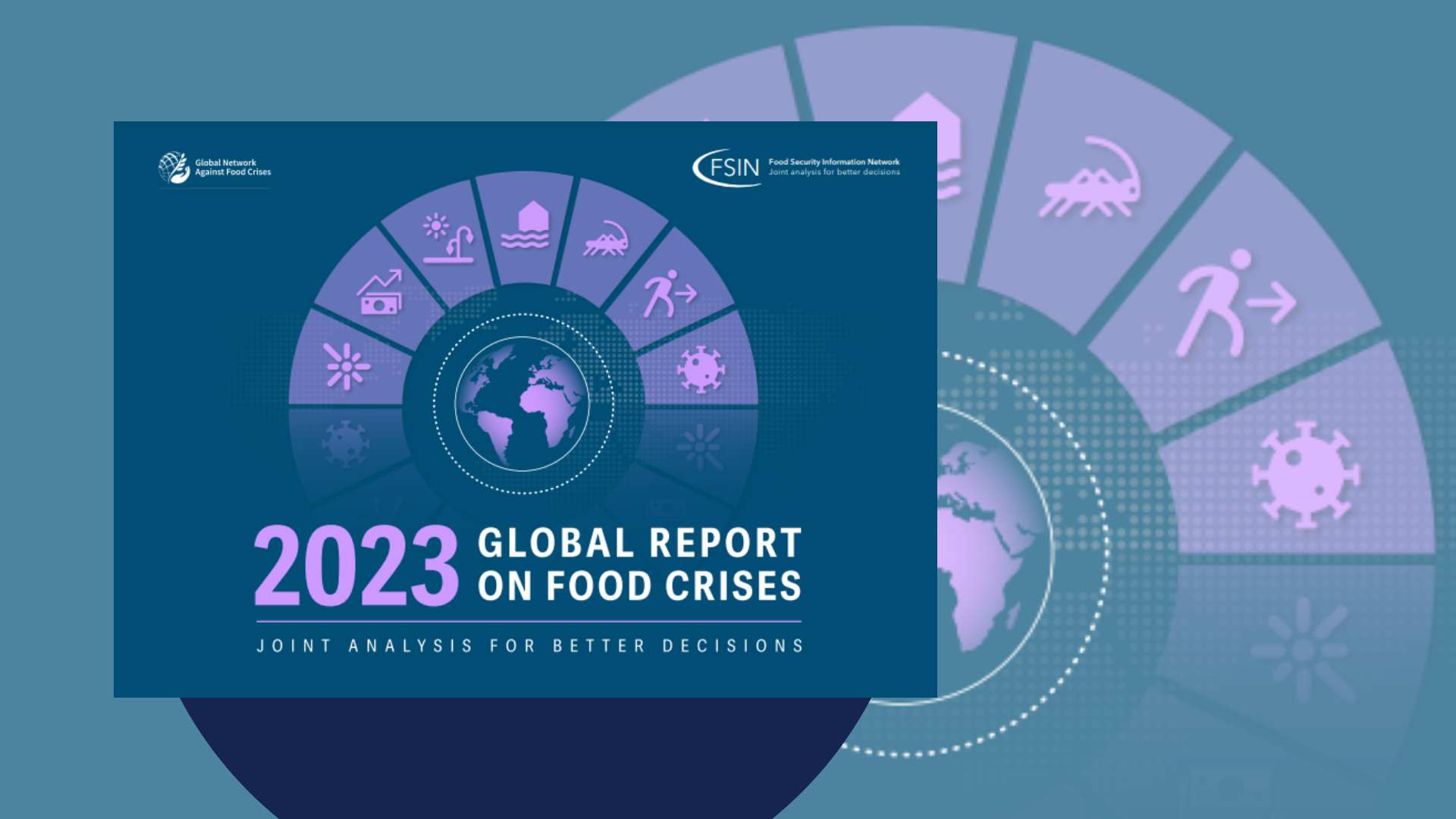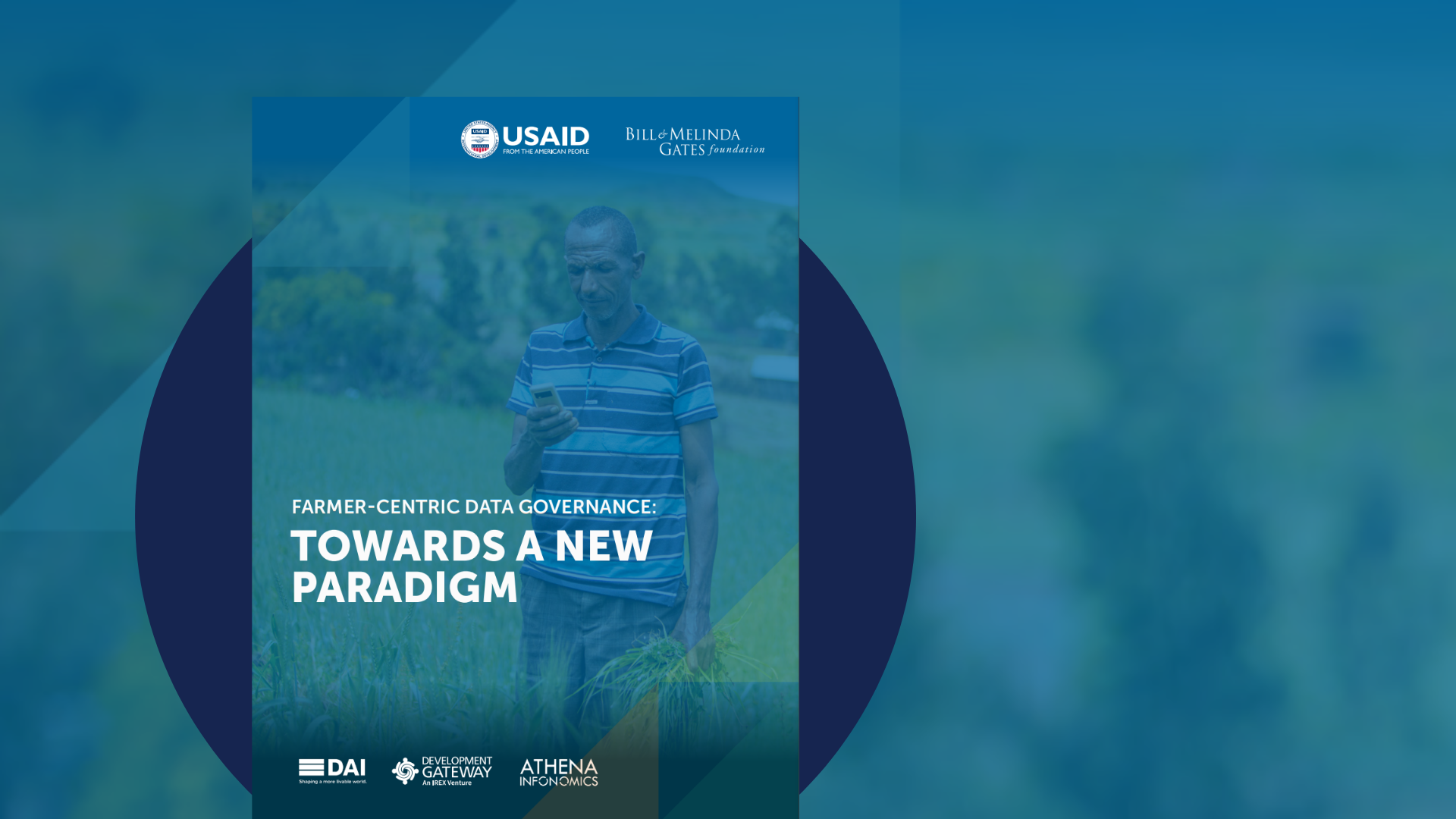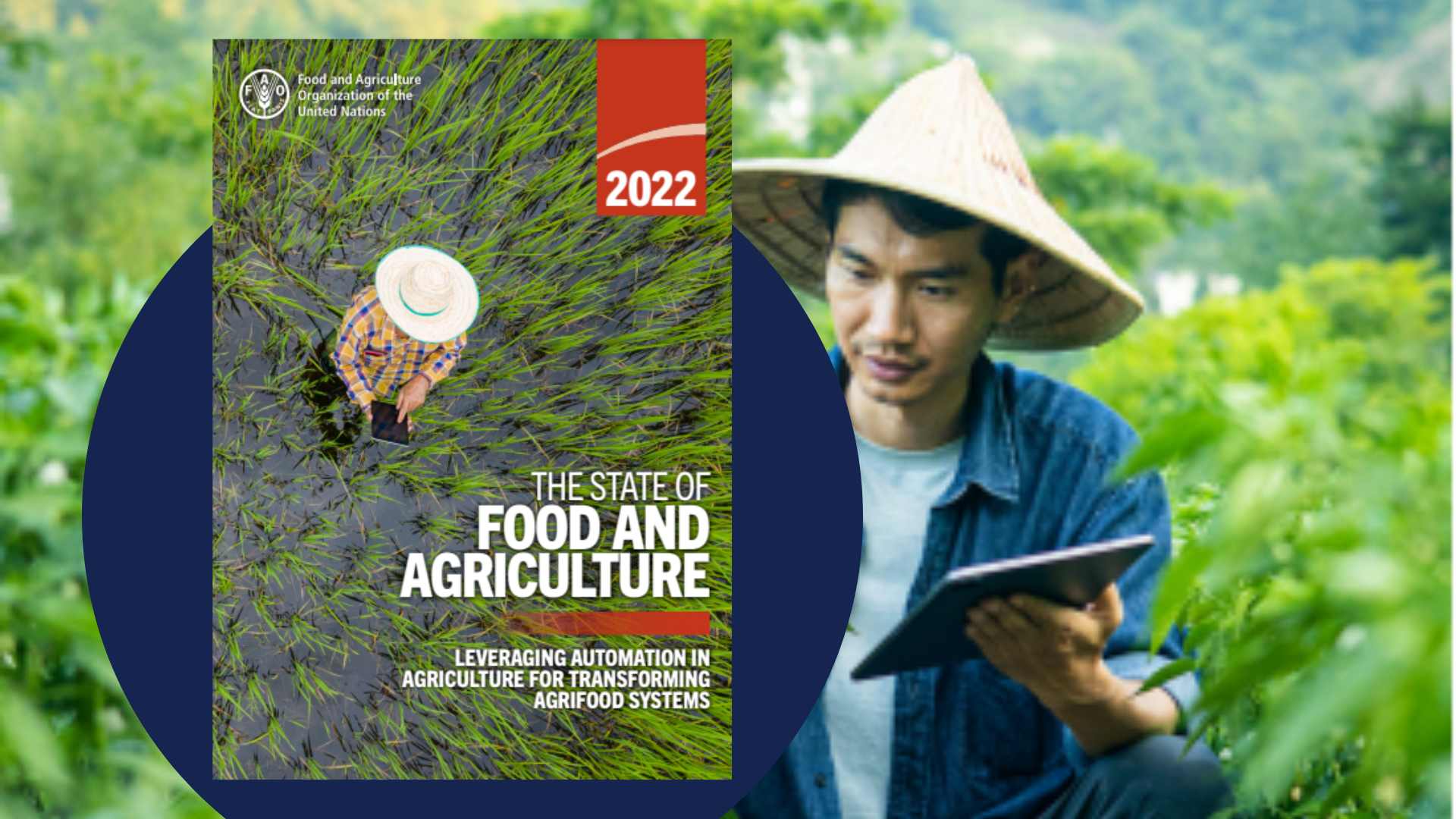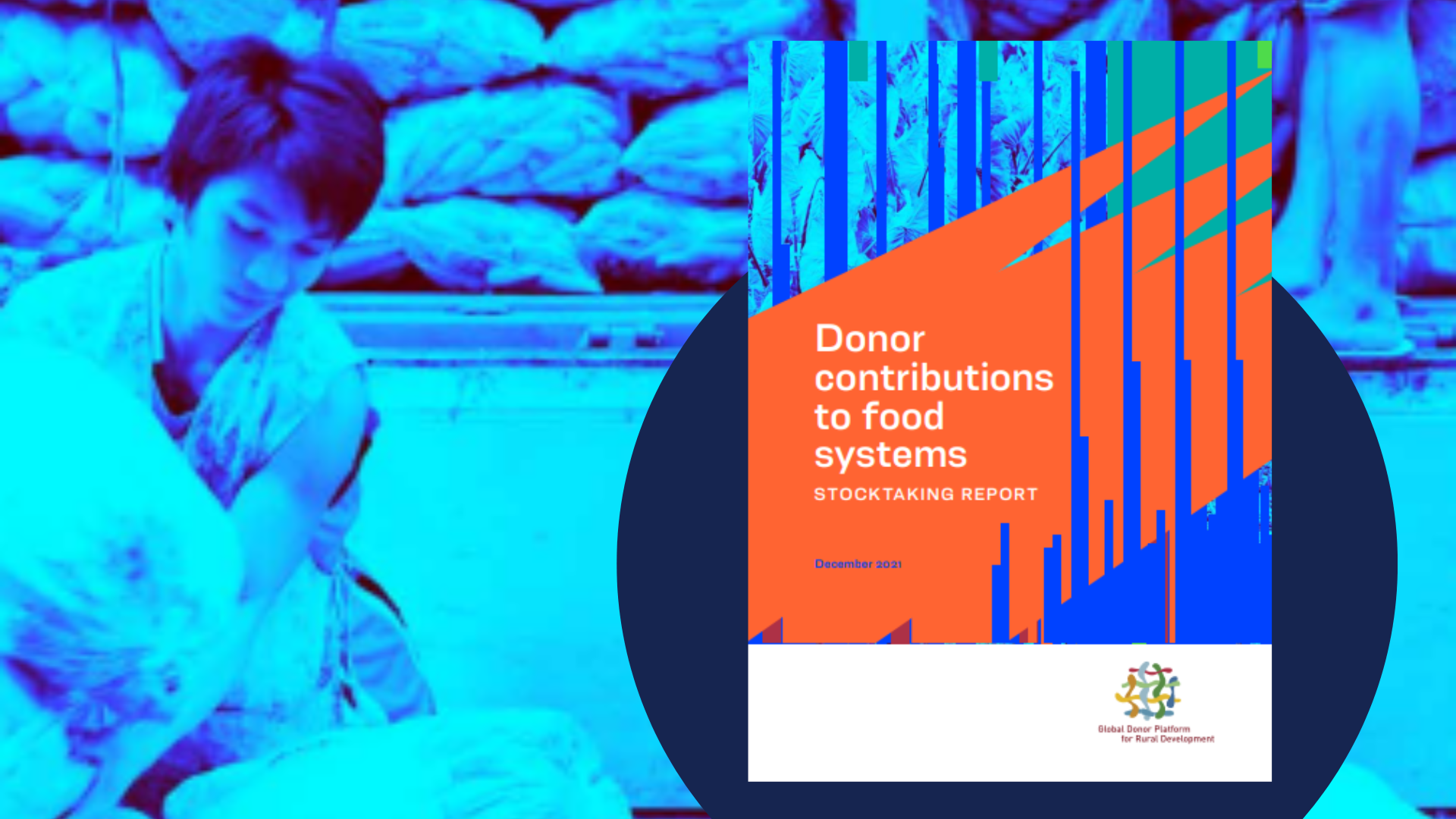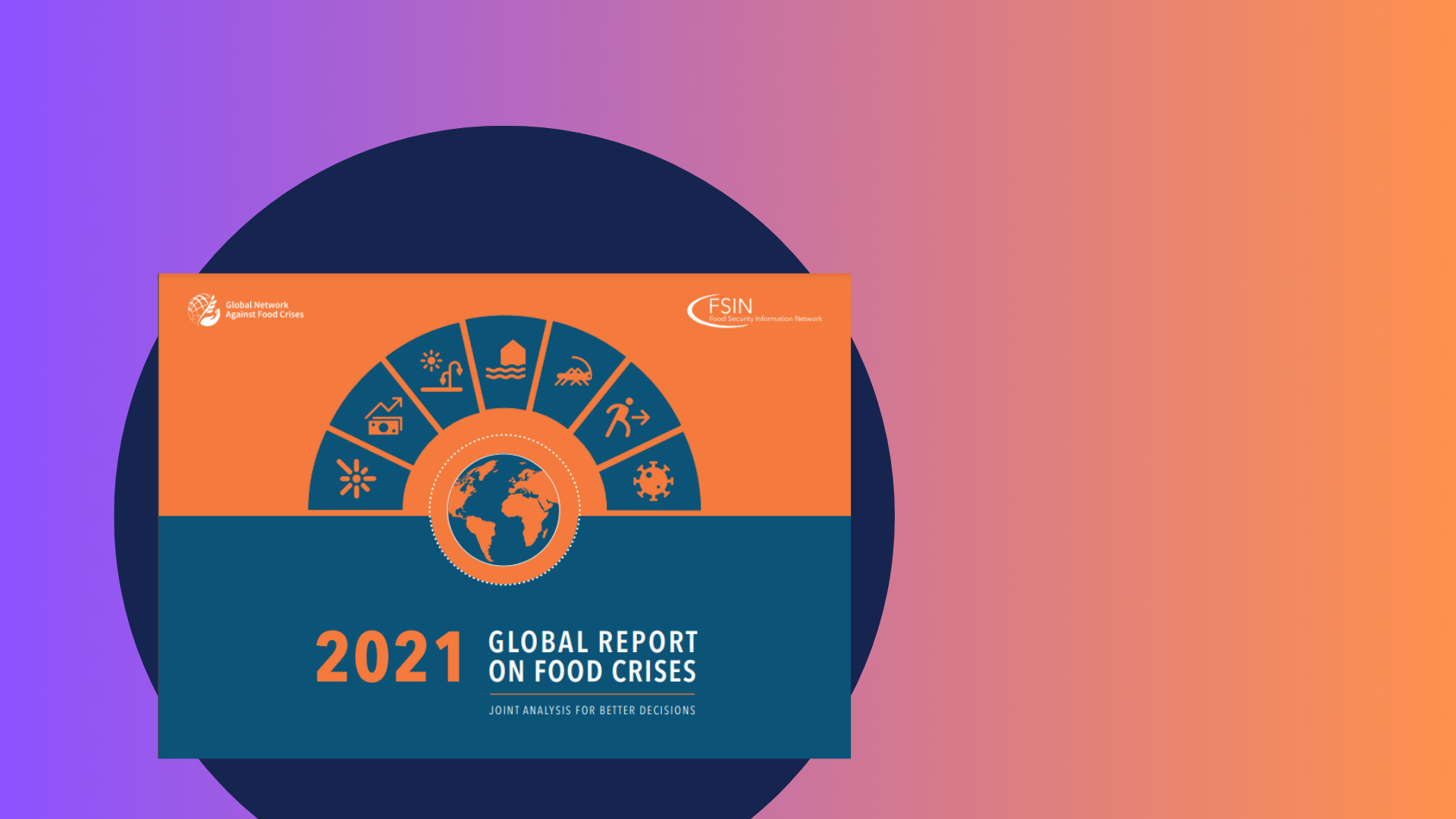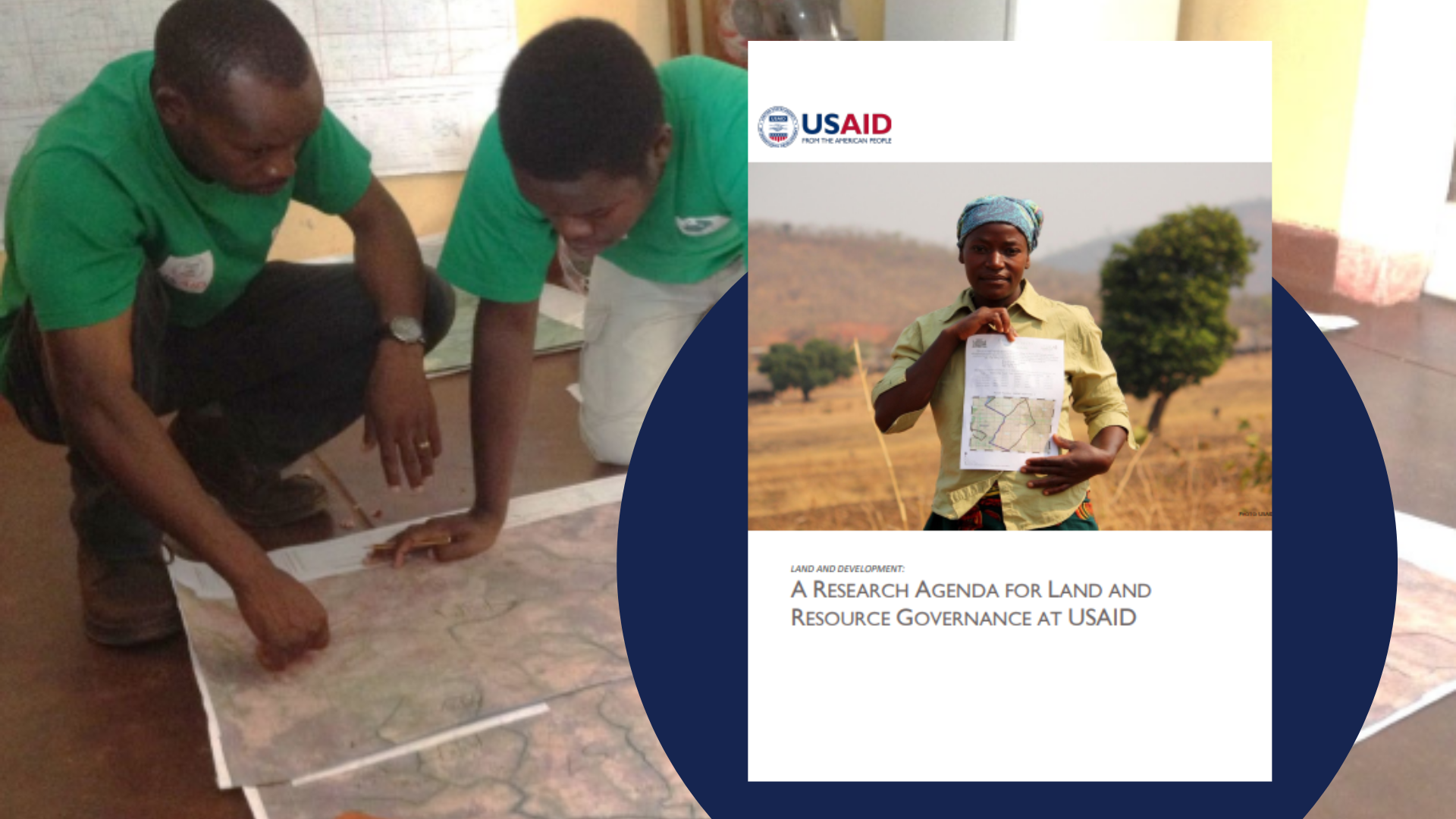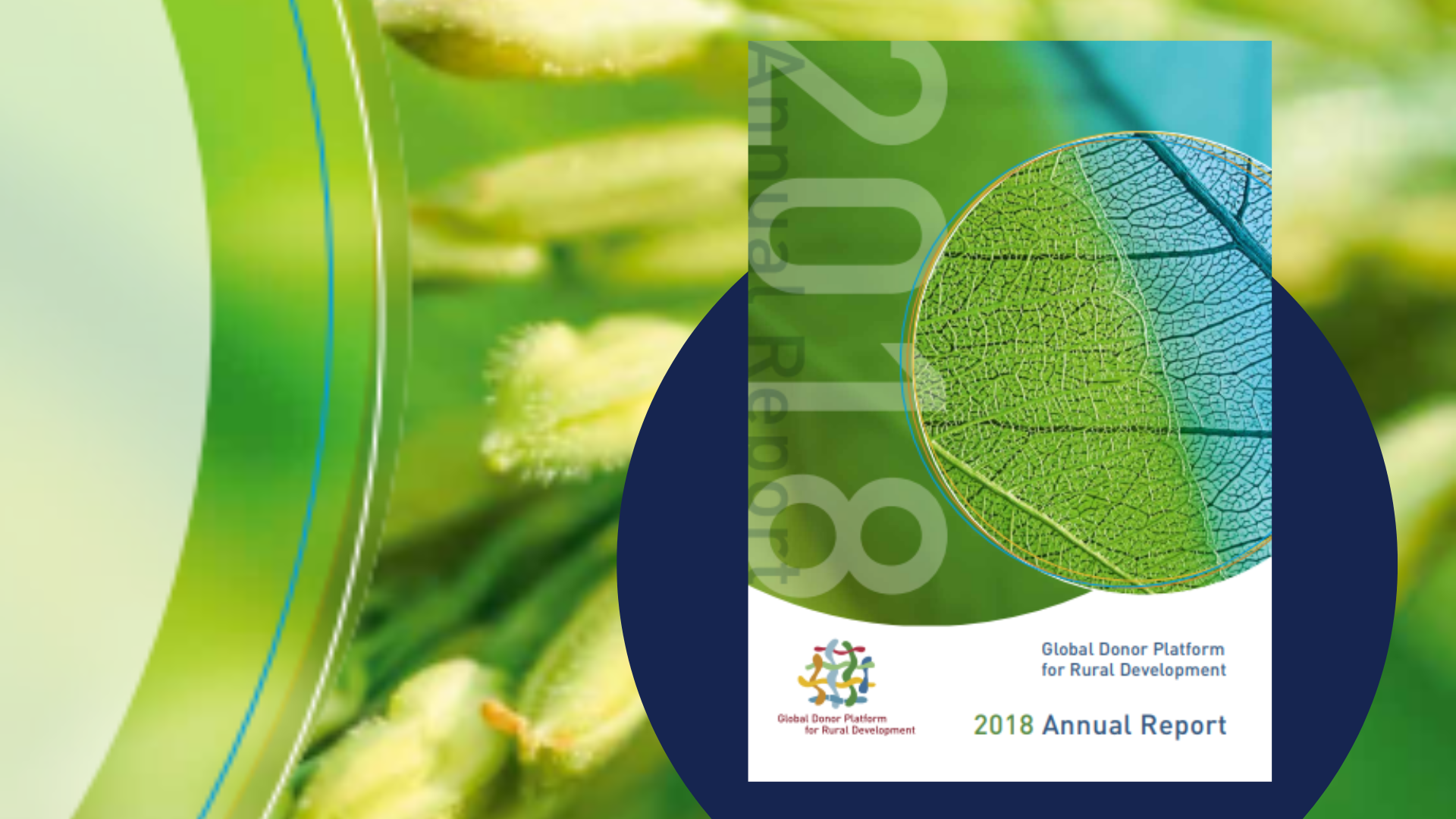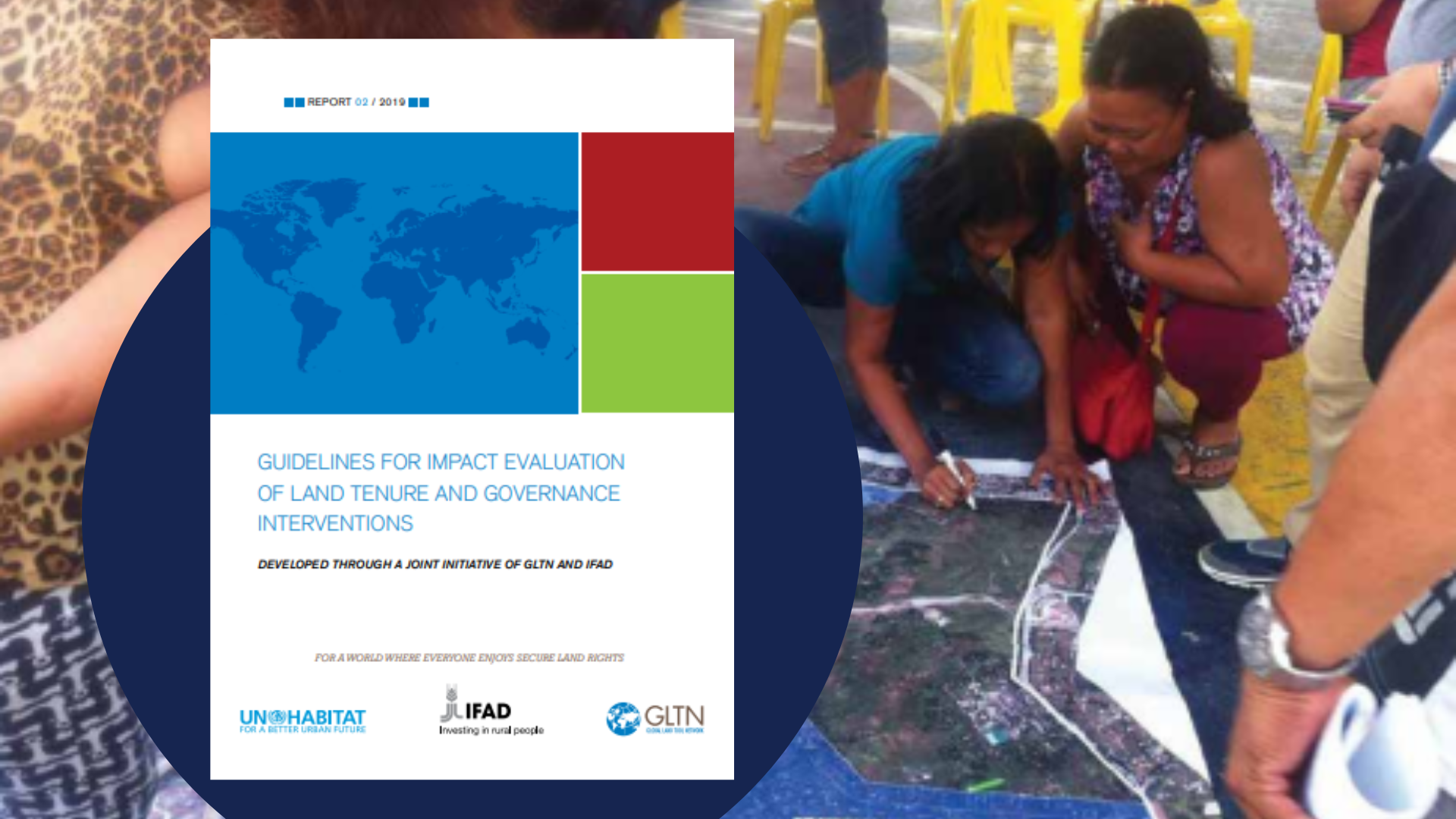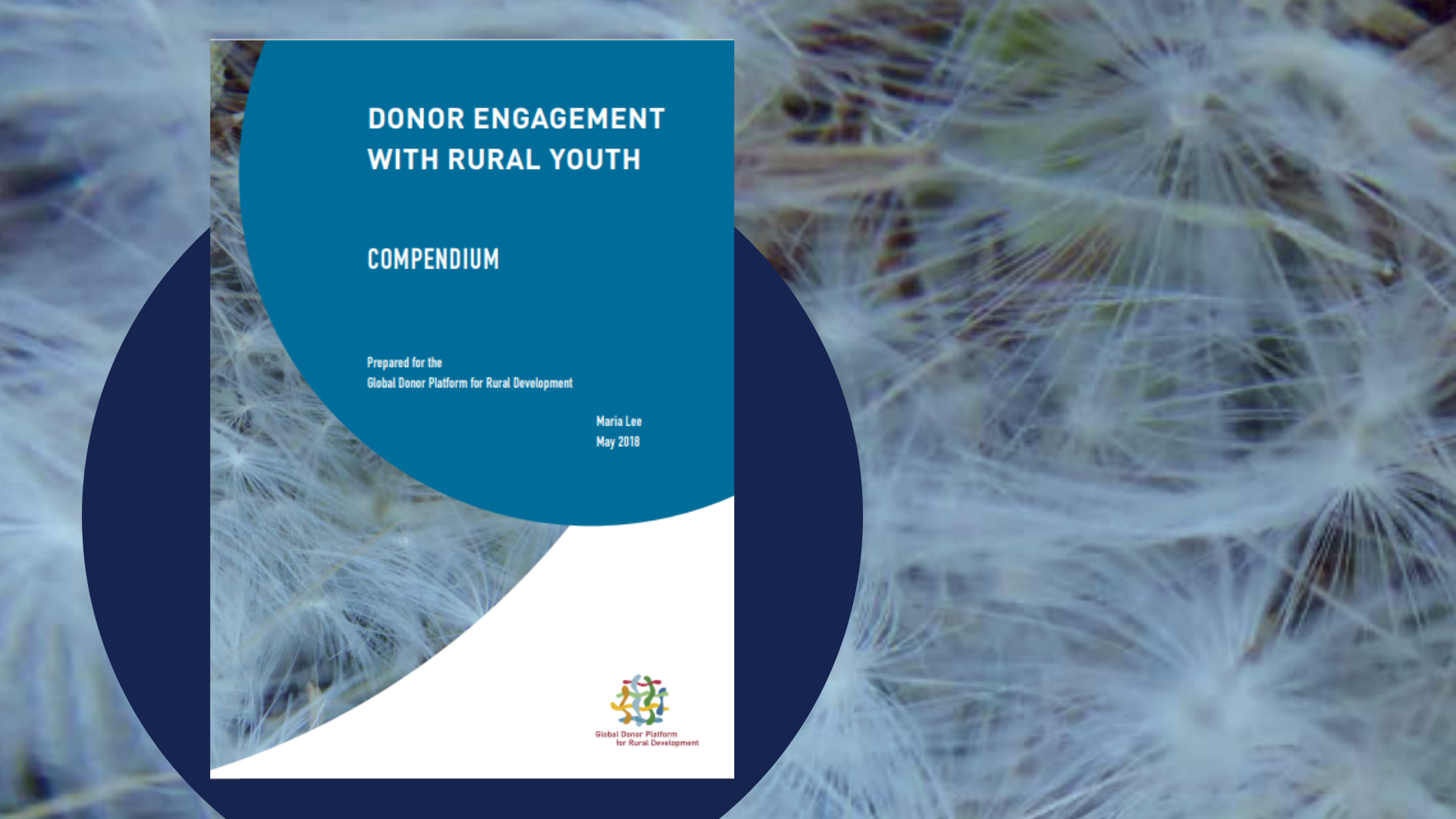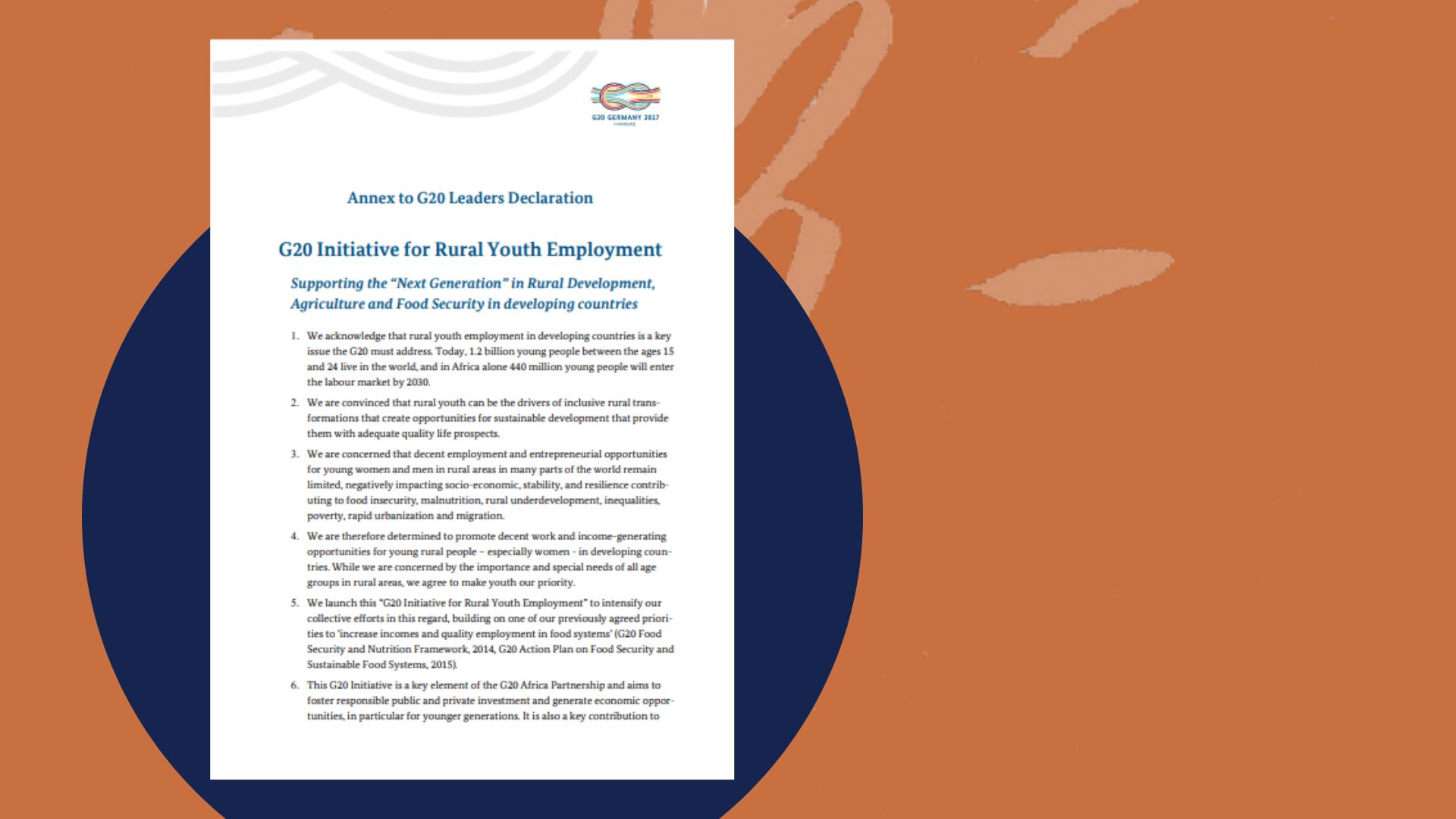Urgent need for rural revitalization, strong policies and accountability
Marked by deepening cycles of hunger and malnutrition, persistent poverty, limited economic opportunities, and environmental degradation, rural areas continue to be in a state of crisis in many parts of the world. This threatens to slow the progress towards the SDGs, global climate targets, and improved food and nutrition security – this is the key message of the 2019 Global Food Policy Report, which was released on Wednesday by Platform partner International Food Policy Research Institute (IFPRI).
Links

The majority of the world’s poor and vulnerable population live in rural areas. Rural populations account for 45.3 percent of the world’s total population, but 70 percent of the world’s extremely poor population. The global poverty rate in rural areas is currently 17 percent, more than double the urban poverty rate of 7 percent. Across the continents, rural areas struggle; they remain under served compared to urban areas and face a wide array of challenges across the globe.

“Revitalising rural areas can stimulate economic growth and begin to address the crises in developing countries, and also tackle challenges holding back achievement of the SDGs and climate goals by 2030. Rural revitalization is timely, achievable, and, most important, critical to ending hunger and malnutrition in just over a decade.”
– Shenggen Fan, Director General, IFPRI
Rural revitalization: Tapping into new opportunities
“Rural transformation requires a holistic economic approach to connect rural and urban economies. Strengthening these connections can spur growth and diversification in the farm and non-farm sectors, closing socio-economic and quality-of-life gaps between urban and rural areas,” said Achim Steiner, Administrator, United Nations Development Programme, and co-author of the lead chapter in the report.
This need is described with the term ‘Rurbanomics’, which characterises a development approach premised on the potential of symbiotic rural and urban systems to transform rural areas. Rural–urban links can spur growth and diversification in the agriculture and non-agriculture sectors, increase incomes, support value chain development, and improve well-being.
Rural Areas as Innovation Hubs
The report emphasizes that rural areas could become premiere hubs of innovations in just under a decade. It recommends revitalizing rural areas with a focus on five building blocks:
- creating farm and non-farm rural employment opportunities;
- achieving gender equality;
- addressing environmental challenges;
- improving access to energy; and
- investing in good governance.
It’s All About Jobs
Job creation is critical to reducing poverty in rural areas, especially in the rural areas of Africa south of the Sahara, where poverty is high and youth populations are large. Policies that encourage investments in rural transport networks, telecommunications, and human capital in African countries can prepare rural youth for new jobs in rural and urban areas, and bridge rural-urban gap, according to the report. At the launch event, James Thurlow, Senior Research Fellow at IFPRI and a co-author of the report, emphasized the importance of strengthening linkages between the rural and urban population. “The good news is that food demand is rising, creating new job opportunities in agriculture value chains. The other good news is that one-half of rural Africans live one hour from a city of 50,000 inhabitants or more.”
Bridging Disparities
The report recommends investing efforts in reducing general disparities to ensure that all can participate and benefit from growth and transformation of rural areas. Empowering women can improve agricultural productivity, overall well-being of mothers and children, and increase their capacity to contribute to rural revitalization.
Safeguarding Sustainable Natural Environments
Beyond economic progress and human capital, rural environments must also be restored and improved to secure the many services they provide. “To engage rural residents as custodians of valuable natural resources, their rights to these resources should be recognized in law and practice”, stated Claudia Ringler, Deputy Division Director at IFPRI and co-author of the report.
Good Governance, Good Perspectives
The report emphasizes that these policy goals can only be achieved if one invests in good governance. As it continues, three aspects of governance are critical for rural revitalization:
- appropriate and predictable laws and regulations;
- effective policy implementation and enforcement; and
- accountability of those in positions of power and authority.
This year’s report also features chapters on how Europe’s experiences can provide lessons for rural revitalization in developing countries.










